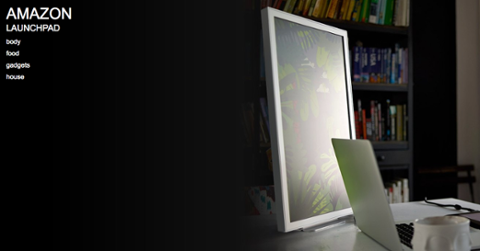Upload Your ResumeEmployers want candidates like you. Upload your resume. Show them you're awesome.
When you move from New York City to suburbia, the biggest challenge is figuring out where to eat, since prepared food is seemingly no longer available 24/7. Fortunately, the past few years have seen a proliferation of delivery-service apps for, well, pretty much anything. Today’s idea of convenience involves booking a personal driver via Uber, having your laundry washed via Washio, and eating a home-cooked meal delivered to you via Munchery. But without the hard labor of delivery workers, these software companies (and many more) wouldn’t be able to execute in the real world. Those workers aren’t lured by the traditional benefits of job security or health insurance; with the exception of Munchery, which makes a point of having delivery people on staff, virtually all are contractors of some sort. As perks go, that means extremely flexible hours, although contractor pay has become a controversial issue for companies such as Uber. To find a tech job at a startup, click here. Uber is a bit of an outlier, given its success. How are up-and-coming startups faring with the contractor model? To find out, I visited the headquarters of DoorDash, which aims to help small businesses deliver food. Current towns served include San Jose, Los Angeles, Boston, and San Francisco. Tony Xu, co-founder of DoorDash, said the company’s delivery crew could earn up to $20 per hour, thanks to software that optimizes the use of drivers. “The project began as an iPad app to examine the effectiveness of marketing spend. It was through speaking with hundreds of retailers and restaurants and we were talking to them about marketing—it was interesting how often the topic of delivery came up,” Xu said. Specifically, those small businesses said it was challenging to either get things delivered, or to have orders delivered to end customers. “We started asking, what’s so hard about delivery,” Xu continued. “We thought, ‘Is there a way to build a business where we can become the world’s first and largest software delivery company, where we don’t own any cars?’" DoorDash has a few thousand drivers on the road, but Xu is thinking much bigger: millions of drivers on the road, potentially, delivering all sorts of products. “We thought restaurants was a nice place to start since people like eating, but people also buy other things.” Xu and his team “eat their own dog food” by doing deliveries through the DoorDash system, just like the contractors. Attracting contractors is also a matter of creating small, key differentiators from all the other apps out there. Peter Hazlehurst, COO of Postmates, which also focuses on fast delivery of food, said that, as far as hiring goes, “We use a combination of advertising on traditional job sites, Facebook and Craigslist. We also look to our current Postmates for referrals/word of mouth and provide incentives that encourage them to refer others.” The delivery workers can choose what type of vehicle they deliver in. “In NY, for example, it's really important to have a strong group of cyclists, because the city is just so difficult to navigate quickly in a car,” he added. “In LA it’s all cars, because the distances are often large between pickup at a restaurant and drop-off at a customer's house, apartment or office.” How much do workers make? “While we don't guarantee $25 per hour for Postmates, we see many Postmates that do earn on average and more. Lots of Postmates make significant money on the weekends during the lunch and dinner rushes, when customers tend to order in a lot,” he claimed. As with similar companies, the motivations for contractors include flexibility and the ability to supplement another job. DoorDash and Postmates are trying to optimize their respective systems, but is that enough to assure success in an increasingly crowded marketplace for delivery-service apps? “There's a land grab element at work,” said Rob Lavine of Global Corporate Venturing, which analyzes the venture-capital scene. “The eventual frontrunner in the market will probably be whichever one succeeds in entering new markets and establishing a national, and then an international base the fastest." The sector will probably continue to grow and to receive a lot of funding over the next year, he added. “The only issue is likely to be whether people believe freelance-based services are less reliable and, if so, whether they're willing to accept that higher risk in return for cheaper prices.” In other words, even the smallest apps probably have some room to expand, despite the growth of Uber and other frontrunners. But for how long?
Image: infinity21/Shutterstock.com



